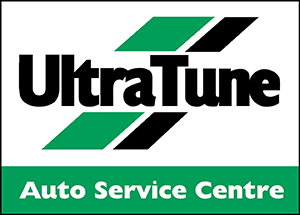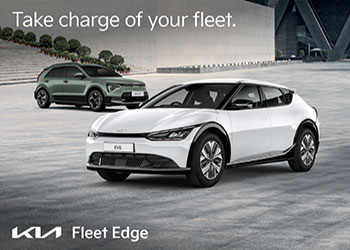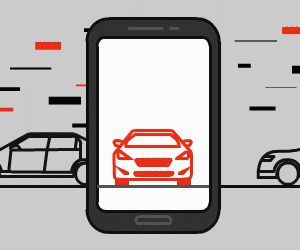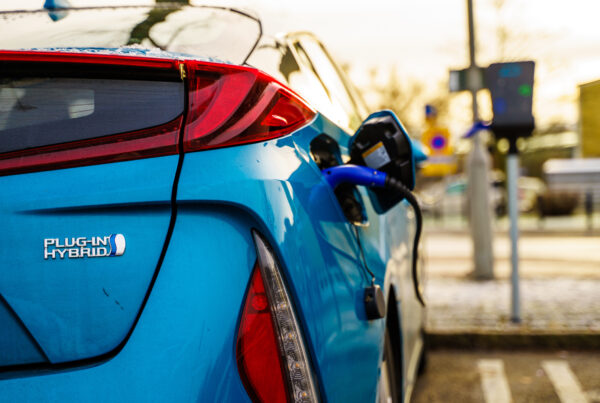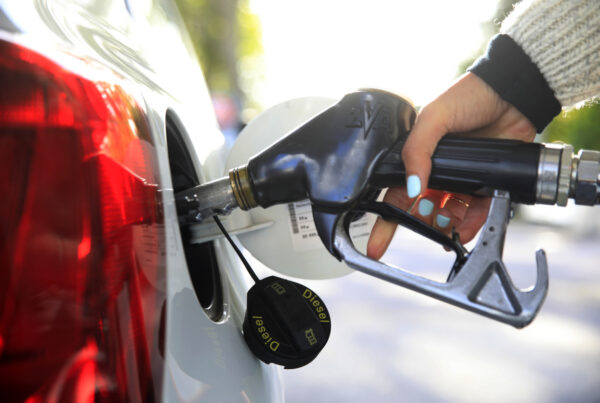Research from peak transport agency Austroads has recommended stricter parking restrictions and taxes for high emission vehicles to help Australia reach its emissions targets.
In its Decarbonisation of Road Transport Network Operations in Australia and New Zealand publication 3 key recommendations have been made to encourage policymakers and road transport network operators to support a trajectory to lower emissions:
- Reduction in vehicle kilometres travelled
- Improvement in the emissions efficiency of road vehicles
- Shifting of transport tasks to other modes with lower emissions intensity.
“The EV take-up scenarios reflect new sales and the overall transformation of the fleet will lag behind new sales as it takes time for older vehicles to be retired,” the publication said.
“A more detailed analysis of the national fleet make-up across different vehicle types and different policy environments is recommended to provide authoritative forecasts for emissions reduction, in concert with the grid transformation trajectory for stationary energy generation.”
Other key changes are needed to decarbonise transport, such as creating a road pricing scheme that charges vehicles for kilometres travelled and high emissions, Austroad’s program manager for transport network operations Richard Delpace told Fairfax earlier this week.
“A pricing scheme can be put in place that has the criteria of charging more or less for vehicles depending on their emissions, their age and location and where they travel to,” Mr Delpace said.
“Road pricing can be a key lever in influencing transport demand.”
The publication concluded that the future of electric vehicles will grow rapidly within the next decade, but that fleet penetration may take longer, as older vehicles are slowly phased out.
“‘The sales forecasts for EV passenger vehicles are approximately 2% of new sales in 2019, increasing to
around 23% of new sales by 2030,” it said.
“This provides for a fleet penetration of EV passenger vehicles of approximately 7% by 2030. Fleet transition forecasts beyond 2030 are not currently available.”
It was mentioned that other options to reduce emissions included: “tweaking traffic light signals to give more priority to public transport, increasing on-demand public transport options and boosting cycling and walking infrastructure.”
The Decarbonisation of Road Transport Network Operations in Australia and New Zealand publication is available for download, by clicking here.












